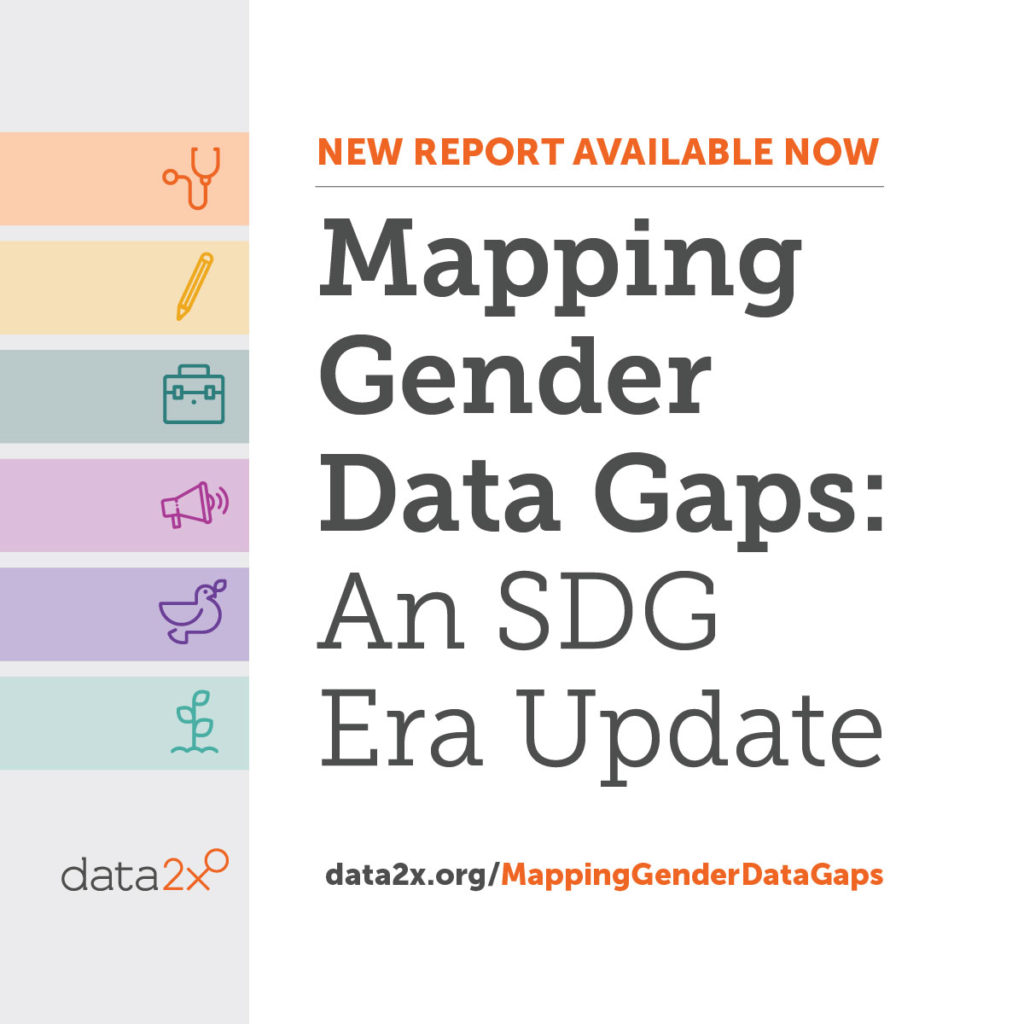Where has there been progress toward filling gender data gaps? What gaps remain?

In 2014, Data2X published a foundational mapping of gender data gaps across five key areas of development: health, education, economic opportunities, political participation, and human security.
Since that time, the global development agenda shifted from the Millennium Development Goals (MDGs) to the Sustainable Development Goals (SDGs), igniting a renewed focus and commitment to gender data.
Given these changes and with only ten years left to deliver on the SDGs, Data2X sought to update our analysis of the state of gender data, examining whether progress has been made on gender data gaps across the original five sectors, and additionally examining the state of gender data in another area: environment.
Through this report, we aim to answer the following questions:
- Where have we made progress toward filling gender data gaps?
- What new gender data gaps have emerged as new issues have risen to prominence?
- Which are the key agencies and organizations working to close gender data gaps, by setting standards, advocating for gender data, directly collecting data, or aggregating and analyzing the available data?
- Which are the key sources of gender data for each domain and where can we find the data that does exist?
The below sections explore each domain in depth.
- Economic Opportunities
- Education
- Environment (read our 2023 update here)
- Health
- Human Security
- Public participation
